Search Images
Browse Content (p. 1386)
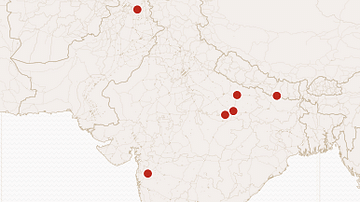
Image
Ramayana: Places
The places that are mentioned in the Ramayana. An interactive version of this map, where the events can be seen on mouseover, is at http://ani-basu.carto.com/viz/fc3a3582-693d-11e6-8680-0ee66e2c9693/public_map.

Image
Myrtis
A reconstrcution of the girl known as Myrtis, who died from the plague which hit Athens 430-427 BCE. She was buried in the Kerameikos cemetery of the city.
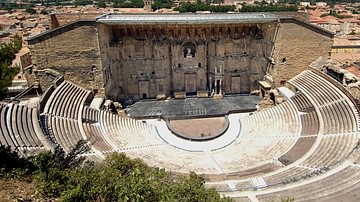
Image
Roman Theatre, Orange
The 1st century CE Roman theatre of Arausio (Orange, France) which once had a capacity of around 9,000 seats.
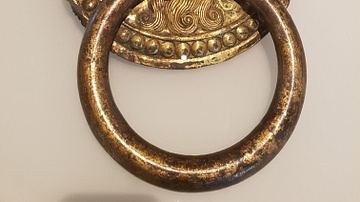
Image
Pushou Door Knob
A gilded bronze Pushou door knob. 25.8 cm (634-907 CE). Excavated at the site of the Daming Palace, Xi'an, China in 1988 CE. Shaanxi History Museum.
(Photo taken at the Art Gallery of NSW, Sydney Australia)
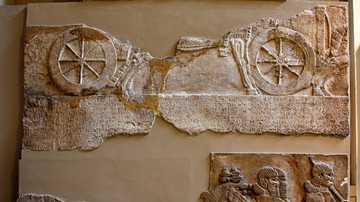
Image
Assyrian Chariots
Assyrian wall panel, from the Central Palace at Nimrud (ancient Kalhu), Mesopotamia, modern-day Iraq, reused later in the South-West Palace, from the reign of Tiglath-Pileser III, c. 728 BCE. One of a series, it shows two disconnected scenes...

Image
Deported people from the city of Astartu
This detail depicts the deportation of the inhabitants of the city of Astartu (in modern-day Jordan Kingdom). The deported people are holding their personal belongings and are led by an Assyrian solider. The city was captured by the Assyrian...
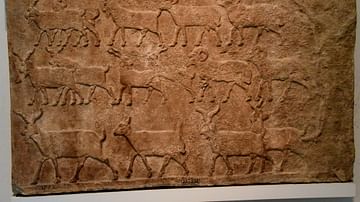
Image
Captured Flocks from Arab Enemies of Tiglath-pileser III
Sheep and goats, captured in a campaign against the Arabs are driven back to the Assyrian camp. This scene decorated the palace of King Tiglath-pileser III (reigned 744-727 BCE. Assyrian, about 728 BCE. From the Central Palace at Nimrud (ancient...
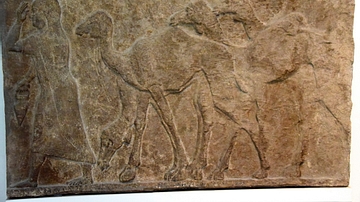
Image
Captured Camels from Arab Enemies of Tiglath-pileser III
The woman on the left and the herd of camels behind her are part of a procession of prisoners and booty captured during one of the military campaigns of Tiglath-pileser III (reigned 744-727 BCE) against Arab enemies. Assyrian, about 728 BCE...

Image
Review of Arab Prisoners, Assyrian Relief
Assyrian relief, from the Central Palace at Nimrud (ancient Kalhu), Mesopotamia, Iraq, Neo-Assyrian Empire, c. 728 BCE. This is part of a series of reliefs showing Arab prisoners brought before the Assyrian King Tiglath-Pileser III (r. 744-727...
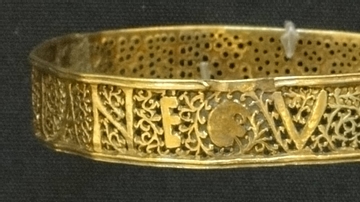
Image
Gold Bangle, Hoxne Hoard
A gold bangle from the Hoxne Hoard, Suffolk, 4th-5th century. The British Museum, London. The Hoxne Hoard was discovered in Suffolk, in the east of England in 1992. The incredible collection contains 14,865 late-4th- and early-5th-century...